
CUFF


・It has one or more buttons and is typically adjustable.
・The cuff folds back over itself and is secured by a button.
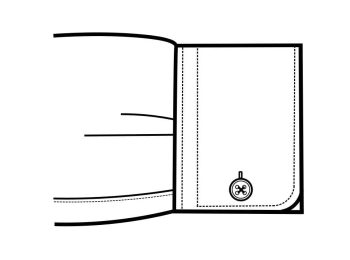





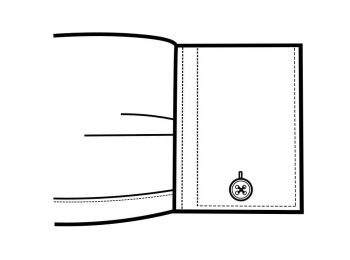



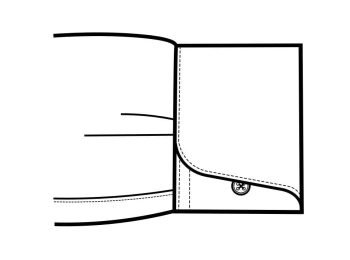

Cufflinks are jewelry items used to secure the cuffs of dress shirts. They can be made from various materials, including glass, stone, leather, metal, precious metals, or combinations of these. The securing mechanism of cufflinks typically involves toggles or reverses that fold into position, though some variants use chains or a rigid, bent rear section. The front sections of cufflinks can be decorated with gemstones, inlays, inset materials, or enamel, and they may be designed in both two-dimensional and three-dimensional forms.
Cufflinks are designed specifically for shirts with cuffs that have buttonholes on both sides but no buttons. These cuffs can be either single or double-length (“French”) cuffs. When worn, they can be styled in two ways: “kissing” cuffs, where both edges point outward, or “barrel-style” cuffs, where one edge points outward and the other inward, overlapping the hem. In the United States, the “barrel-style” was popularized by the 19th-century entertainer and clown Dan Rice, but “kissing” cuffs are generally preferred.




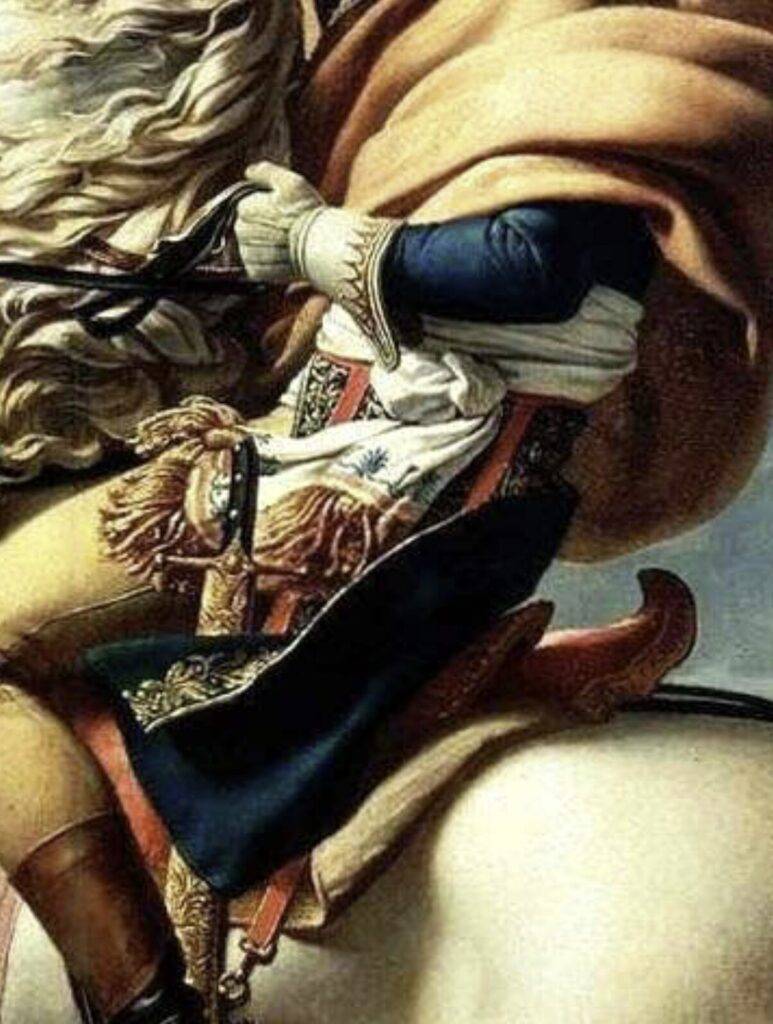
To understand why they are called French cuffs, we need to explore the history of the double cuff. Dating back to at least the 16th century, the upper class would use elegant ribbons to keep the ruffled ends of their shirt sleeves closed. This tradition of decorating the wrists persisted for centuries. By the early 19th century, as modern shirt styles began to develop, ruffles were replaced with cuffs fastened by links.
For instance, in Alexandre Dumas’ 1844 novel “The Count of Monte Cristo,” the character Baron Danglars, a banker, is depicted wearing ornate cufflinks with his double cuffed shirts. An interesting, albeit unproven, story suggests that French cuffs originated when Napoleon required extra long sleeves for his soldiers’ shirts so they could use the ends to wipe their noses and then fold their cuffs back. While there is no historical evidence to support this, it remains a colorful tale.
In any case, the term “French cuff” gained popularity only after the style reached America. It’s likely that the name “French cuff” was used to give the style a more exotic and refined appeal to American consumers. Since then, the term has become widely accepted and is still commonly used today.
フレンチカフと呼ばれる理由を理解するためには、ダブルカフの歴史を探る必要があります。16世紀には、上流階級の人々がシャツの袖口のフリルが開かないように優雅なリボンを使っていました。この伝統は何世紀にもわたって続き、19世紀初頭には、フリルはリンクで留められるカフスに置き換えられました。例えば、アレクサンドル・デュマの1844年の小説『モンテ・クリスト伯』では、銀行家のバロン・ダングラールが豪華なカフリンクスを付けたダブルカフスのシャツを着ている描写があります。また、ナポレオンが兵士たちのシャツに長い袖を命じ、袖の端で鼻を拭き、その後カフスを折り返すようにしたという面白い逸話もありますが、これは歴史的な証拠がないため、単なる笑い話に過ぎません。いずれにせよ、フレンチカフという言葉が一般に使われるようになったのは、このスタイルがアメリカに渡ってからです。フレンチカフと呼ぶことで、アメリカの消費者にとって少しエキゾチックで特別な響きを持たせるためだった可能性があります。そしてその後、この用語が定着し、今日でも最も一般的に使用されています。

Sew around the edges, leaving one long edge open. Use a seam allowance of about 1 cm.
After sewing, trim the excess fabric at the corners to reduce bulk and turn the cuff right side out.
Sew the buttonholes and attach the buttons accordingly.
インターフェース(接着芯))
ミシン)
アイロン)
定規、チャコペン、裁ちばさみ)
端から約1cmのところをミシンで縫い合わせます。片方の長い辺は開けておきます。
縫い終わったら、カフスの角をきれいにするために余分な布をカットし、角を内側に押し込みます。
縫い合わせたカフスを表に返し、アイロンを使って形を整えます。
開口部を内側に折り込み、アイロンで整えた後、手縫いまたはミシンで縫い合わせます。
カフスの片方にボタンホールを作り、もう片方にボタンを縫い付けます。ボタンホールの位置とボタンの位置は、事前に測ってマーキングしておくとよいでしょう。
最後にカフス全体をもう一度アイロンで整え、形を確定させます。

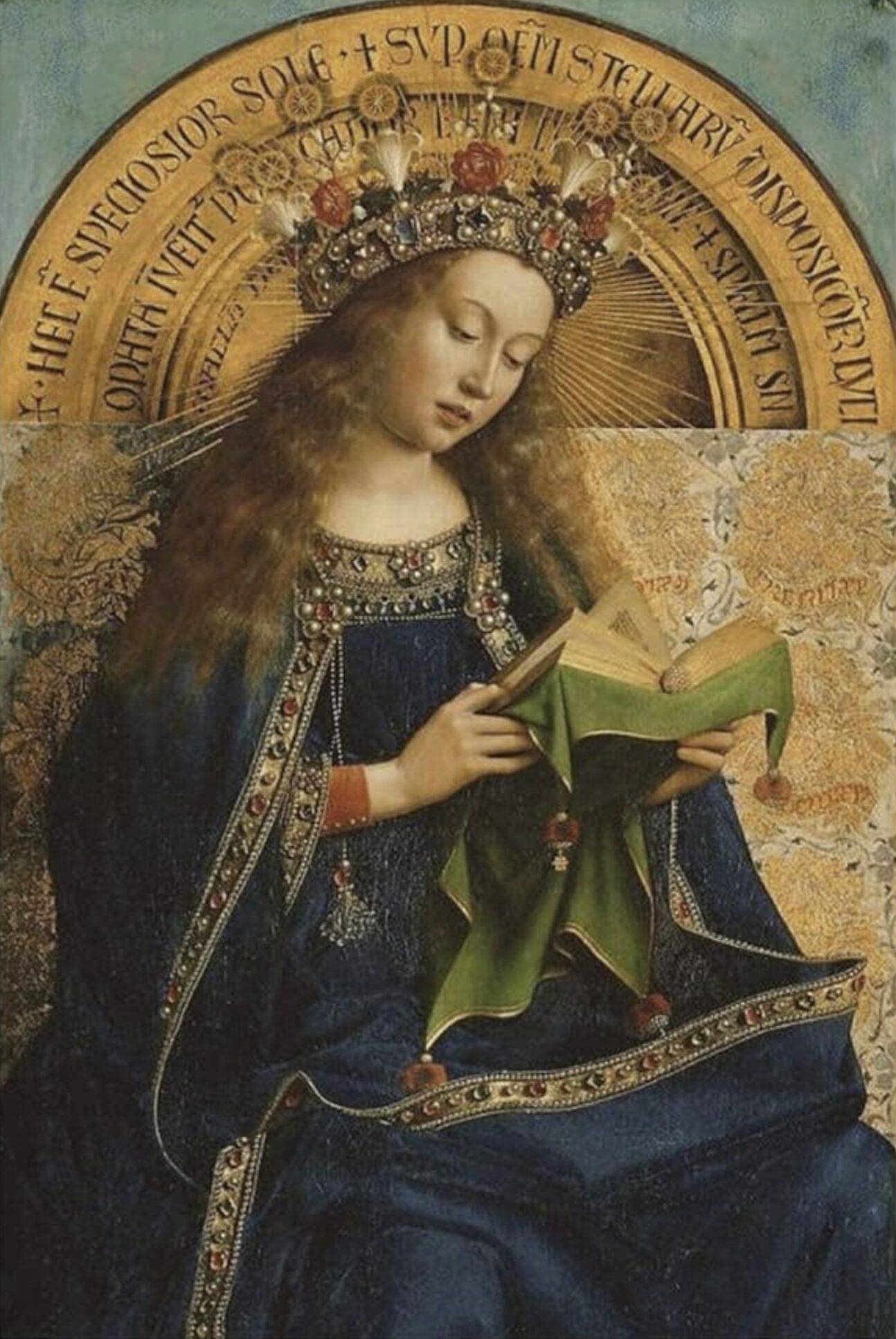




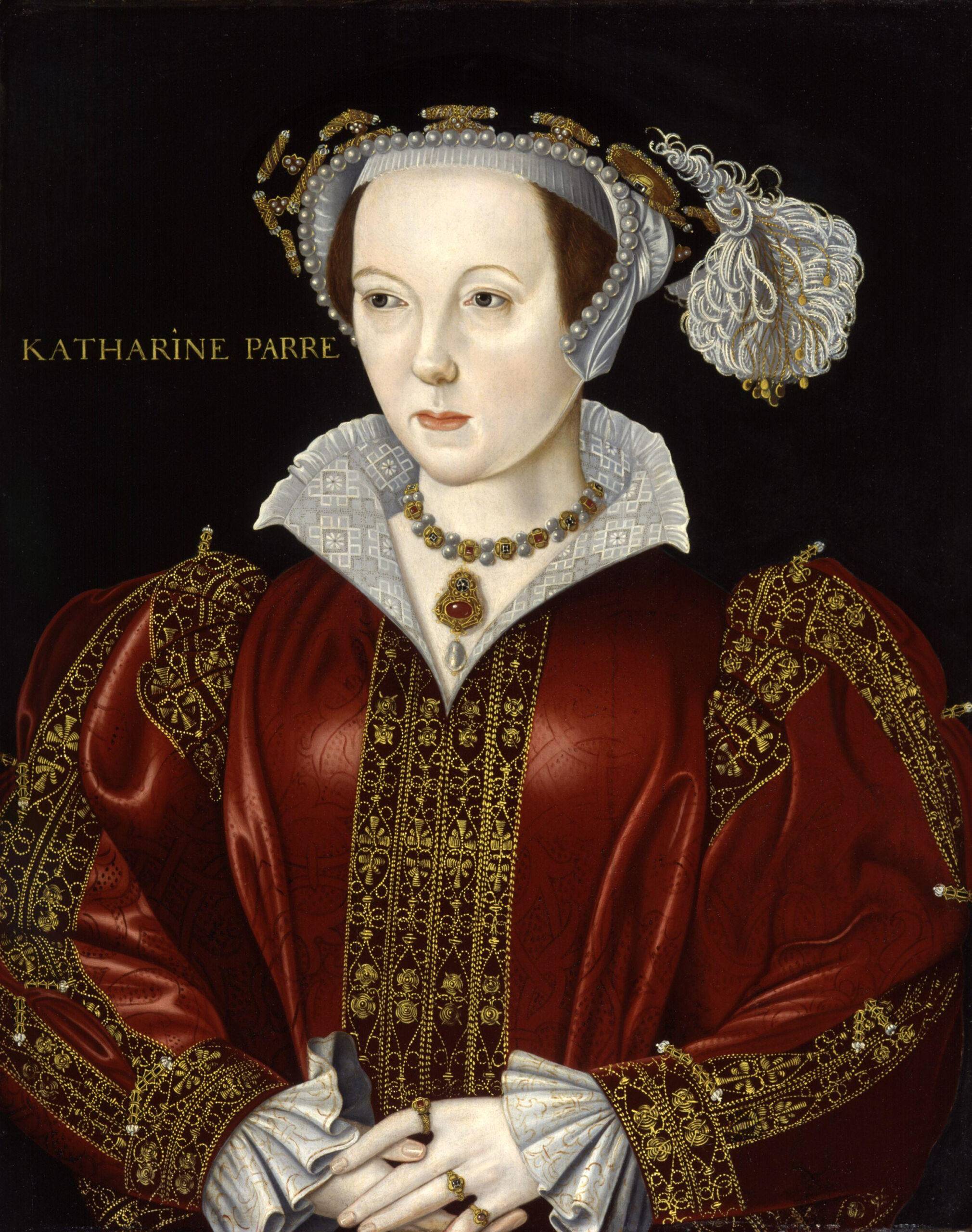
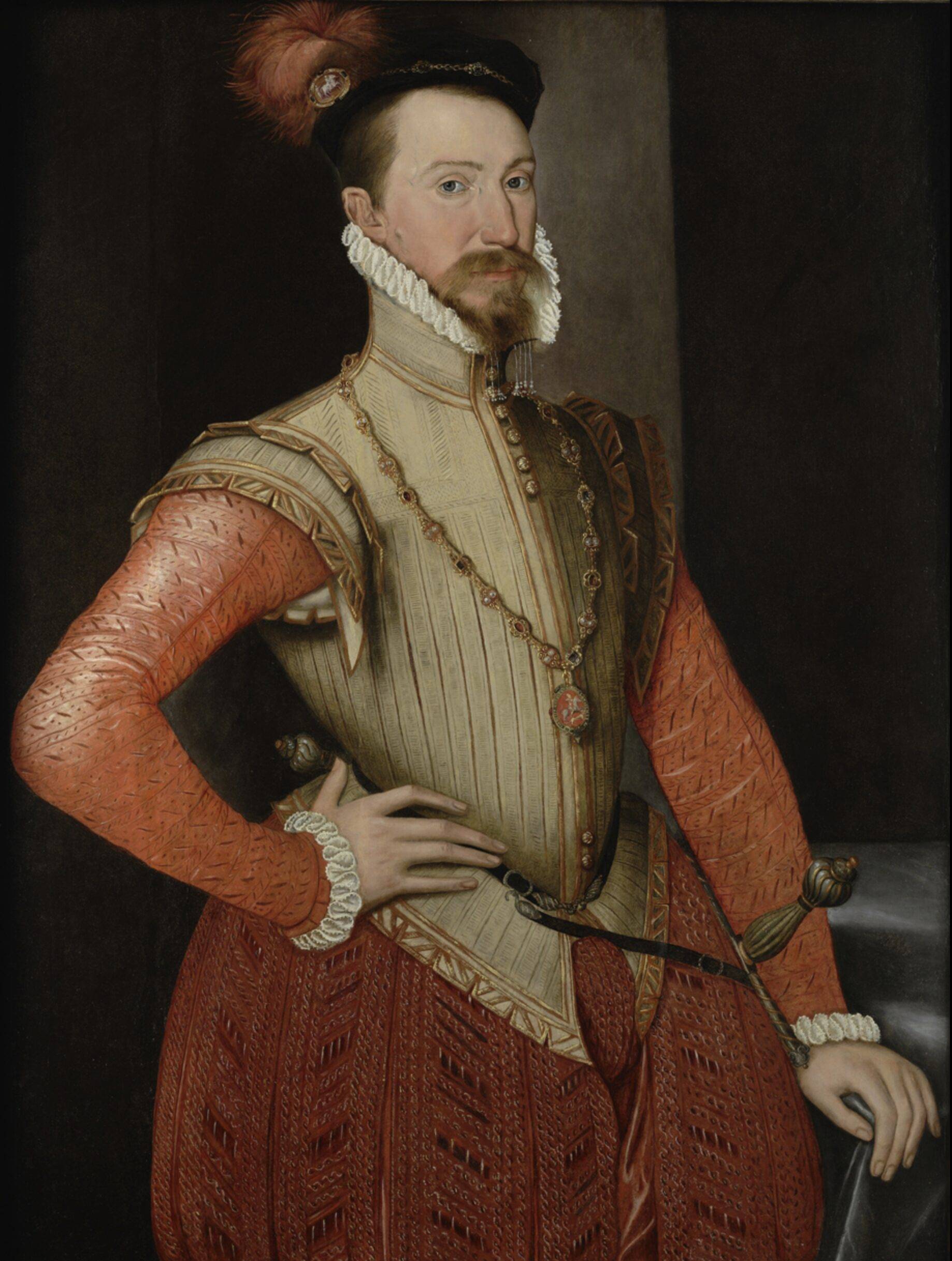







1635 Louis XIII (de Champaigne)



Felipe V de España c1723















